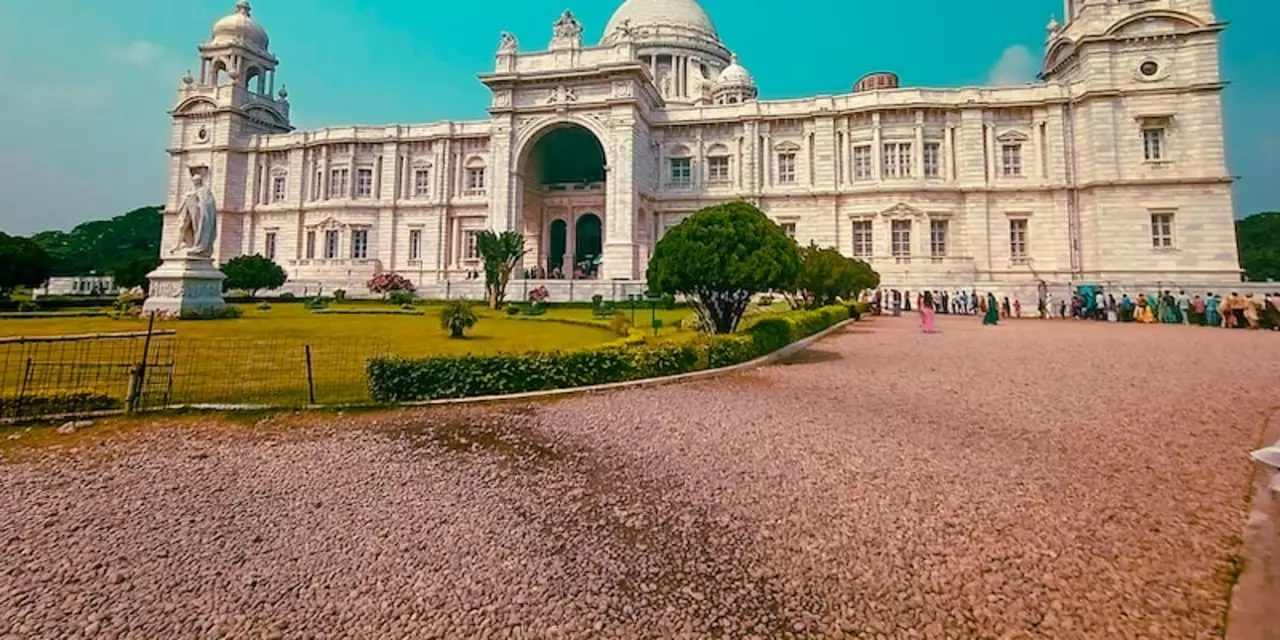Change in India: What’s Happening Right Now
India is moving fast, and the news feed is full of stories about how things are shifting. From highways that feel like movie sets to new laws that affect farmers, each update tells a piece of the larger picture. Below you’ll find the most talked‑about changes, broken down so you can see what matters for everyday life.
Policy and Infrastructure Changes
Road safety is a hot topic after a recent report placed India at the top of global road accident fatalities. The numbers are scary, but they also sparked a push for better signage, brighter street lights, and stricter enforcement of traffic rules. Cities are testing AI‑driven cameras and fast‑response teams to cut down on reckless driving.
On the political front, the government announced that it will seal every gap in the country’s border fences by 2022. Drones, laser walls, and thermal imagers are part of the plan, though rugged terrain makes the job tricky. The goal is to stop illegal crossings and boost national security.
In the farming sector, Prime Minister Narendra Modi signaled a possible repeal of three controversial farm laws. Farmers’ protests showed how powerful collective action can be, and a repeal would reshape agricultural trade and subsidies. If the laws go away, it could mean more market freedom for small growers.
Air India’s story is also a sign of change. After Tata took over, the airline is cleaning up its image—new planes, better service, and a focus on punctuality. The early signs point to a healthier balance sheet, but the real test will be how passengers respond over the next year.
Cultural & Lifestyle Shifts
NRIs (Non‑Resident Indians) often talk about a love‑hate relationship with the homeland. Traffic, bureaucracy, and climate are common gripes, yet the pull of Bollywood, festivals, and family keeps them connected. This dual feeling fuels a growing community of Indians abroad who invest back home through startups and real‑estate.
Food lovers are also debating. Some readers argue that Indian cuisine isn’t special, pointing out extreme spiciness and heavy oil use. Others defend the layered flavors and regional diversity. The conversation highlights how personal taste shapes perception of culture.
For those craving a snack, online stores in the USA now ship Indian treats straight to your door. From crunchy bhujia to sweet gulab jamun, the market is expanding, making it easier for diaspora and curious foodies to explore authentic flavors.
Media neutrality remains a concern. While many newspapers lean toward political parties, The Hindu is often cited as a relatively balanced source. Finding unbiased news helps readers sort fact from opinion, especially in a polarized environment.
Lastly, the legal side of life in India can change quickly. A hit‑and‑run case, for example, requires immediate medical care, a police report, insurance contact, and possibly a lawyer. Knowing the steps can protect you and speed up any compensation.
All these stories show that change in India isn’t one‑dimensional. It’s a mix of policy moves, infrastructure upgrades, cultural debates, and everyday practical advice. Keep an eye on this tag to stay updated on what matters most for you and the nation.
The article discusses the need for change in the Indian news channels. It goes on to say that the current coverage by news channels has become too sensationalist, leading to a lack of reliable news. It calls for a more balanced and factual approach instead of just focusing on stories designed to create drama and attract viewers. To achieve this, it is suggested that the news channels should be more transparent and accountable in their reporting, with a focus on providing unbiased content. Additionally, it is argued that the viewers should be encouraged to become more aware and knowledgeable about the news, in order to make informed decisions. Finally, it states that the news channels should be held accountable for their coverage and be more responsible in their reporting.
